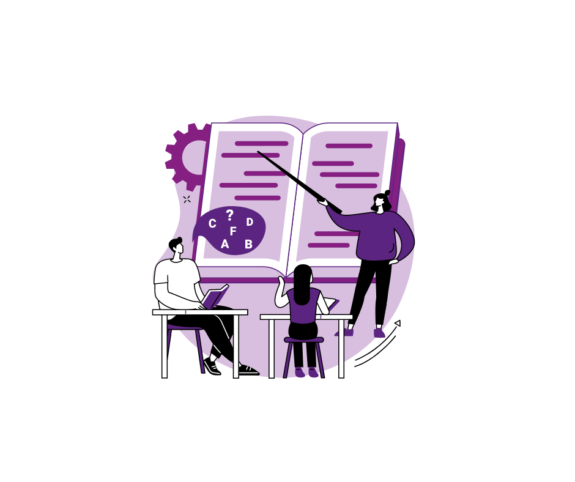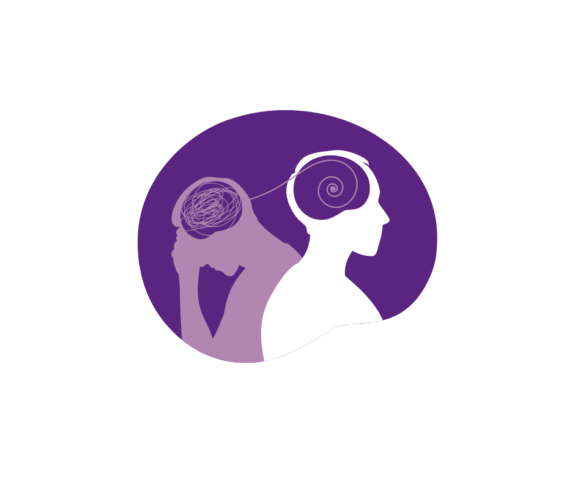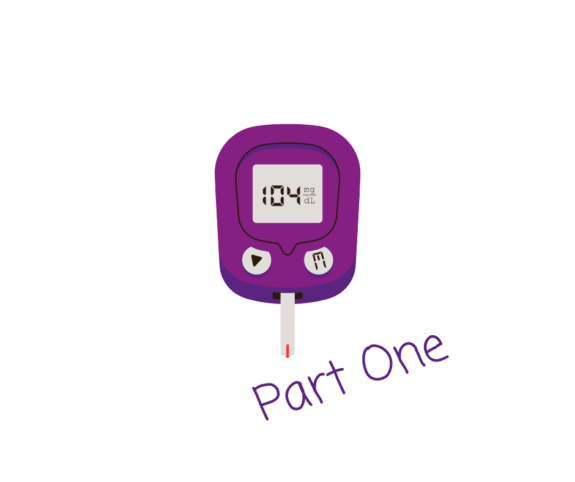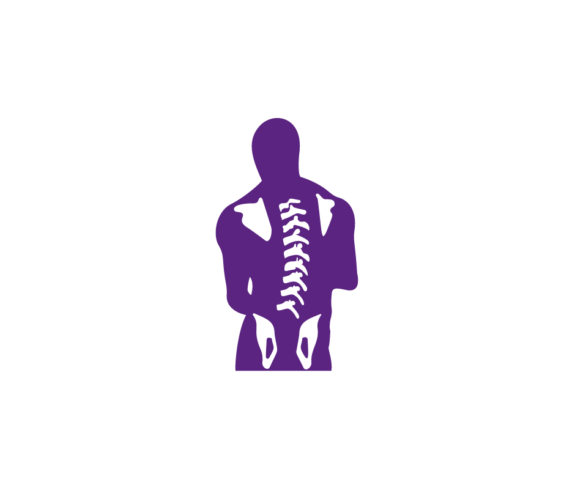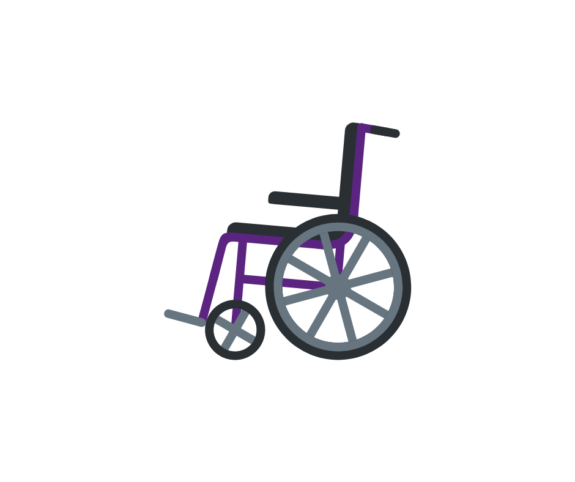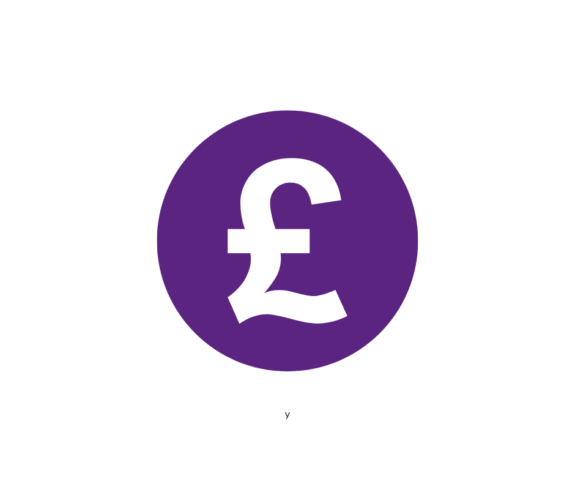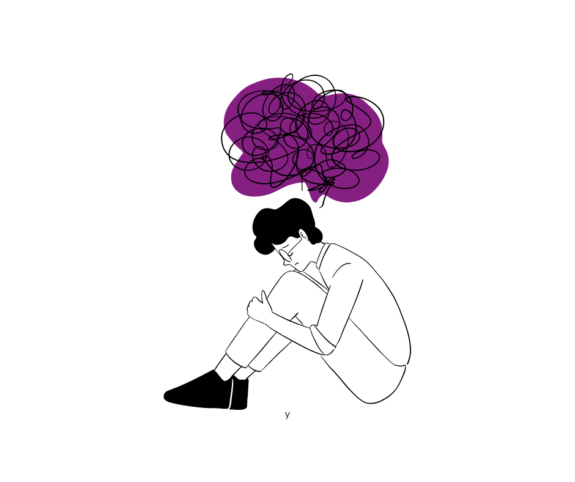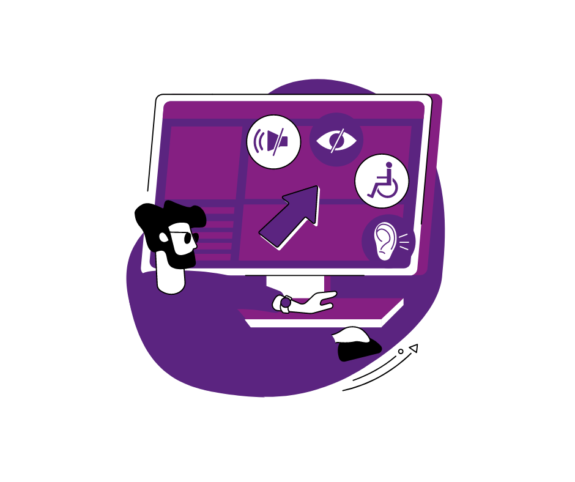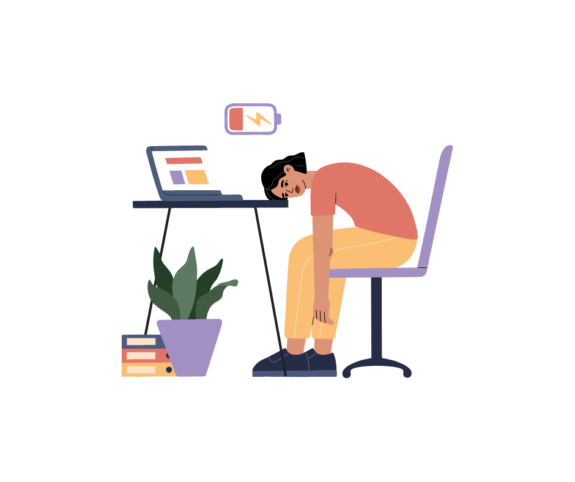Struggling with reading and writing can often make people feel as though they are stupid or slow, especially when it seems like their peers are having no trouble at all. In fact, they’re neither. Approximately 1 in 10 people in the U.K. suffer from some form of dyslexia, a well-known learning difficulty that “affects the skills involved in accurate and fluent word reading and spelling.” (British Dyslexia Association).
This means that, while it primarily affects writing and reading skills it can also affect the way people process and remember information that they see or hear. This in turn, can have an impact on the acquisition and development of the literacy skills necessary for reading and writing, which just seems a little bit unfair really! Unlike learning disabilities however, intelligence is not affected.
Dyslexia is not a one size fits all condition and different people will present with different symptoms which can make it harder to identify and treat. Officially (meaning diagnostically), there aren’t actually any recognised subtypes of dyslexia but researchers have been working to try and change that with the reasoning being, if they can identify where the difficulty comes from, they can find better and more effective ways to work with it.
Some of the more widely recognised subtypes are:
-
Phonological Dyslexia
-
Surface Dyslexia
-
Rapid Naming Deficit
-
Double Deficit Dyslexia
Phonological Dyslexia is what most people are thinking of when they talk about dyslexia. To put it simply it’s when you have trouble breaking down a sound you hear and matching it with what you can see. One of the first steps we take when learning how to read is in decoding the words themselves by sounding out a group of letters at a time and matching the sound with what we’re seeing. With phonological dyslexia, the struggle is in hearing the sequence of sounds, therefore being unable to recognise it again when it is seen or written down.
Surface Dyslexia. Someone with this type of dyslexia may be perfectly fine with sounding out words, even ones that are complete nonsense, but can struggle to read or spell words that have irregular spellings. For example, the words tough, though and brought. The ‘gh’ creates a different sound in each one and so, needs to be decoded each time the reader encounters it.
Rapid Naming Deficit. Sufferers of this type find it difficult to recognise numbers and letters quickly. They know what they are and are able to say them, it just takes longer for the brain to process them.
Double Deficit Dyslexia. A person with double deficit dyslexia means they are having difficulties with two aspects of reading. The two that most frequently go together are phonological and rapid naming deficit, meaning that the sufferer has trouble identifying sounds, and with naming speed. Having both of these tends to be a more severe form of dyslexia.
Basically, for someone with dyslexia the English language is a bit of a minefield! We have different sounds for the same letters and the same sounds for words that have different letters (e.g. pear and pair). For those of us without dyslexia, we rely on memorisation but if you’re unable to do that, reading and writing can become quite tricky!
Treatments for dyslexia do exist but vary greatly from person to person. As no two people have the same symptoms, there can’t really be a generalised treatment plan. Adjustments have to be made depending on how the person feels and also how they respond. For educational interventions in children, studying phonics is usually the best place to start. This encourages children to learn to identify that words are made up of different sounds and to help recognise them. Multisensory teaching, whereby the student sounds out a letter while writing it in the air, can also have great effect.
For older children and adults, (yes, many, many adults can be diagnosed with dyslexia) the same techniques for teaching children can apply, but many prefer to utilise technology like word processing programmes and speech recognition software as they can find them more engaging and easier to work with.
Dyslexia can really have a big impact on the way we interact with the world. Fortunately, we are becoming much more aware of the impact dyslexia can have particularly in regard to accessibility in the digital world. More and more websites are understanding the importance of making sure that their content is readable and accessible to a wider audience and making steps to ensure that there are options available.
For example, black text on a white background can cause the words to blur together because of the high contrast colours. An easy fix could be making your background an off-white or grey or your text a dark grey instead of black. It doesn’t take much time and the benefits to your audience could be huge.
It’s the little things that matter.
For more information on dyslexia and accessibility check out these links:
https://www.bdadyslexia.org.uk/dyslexia/about-dyslexia/what-is-dyslexia
https://www.dyslexia.uk.net/what-is-dyslexia/
https://www.readandspell.com/us/different-types-of-dyslexia
http://www.dyslexia-aware.com/dawn/dyslexia
https://www.nhs.uk/conditions/dyslexia/living-with/
https://www.everydayhealth.com/dyslexia/types/
https://www.dyslexia-reading-well.com/types-of-dyslexia.html
https://mylifehomecare.co.uk/insight/learning-difficulties-learning-disabilities-difference/
https://uxmovement.com/content/6-surprising-bad-practices-that-hurt-dyslexic-users/
https://accessibility.blog.gov.uk/2017/03/27/how-users-change-colours-on-websites/
